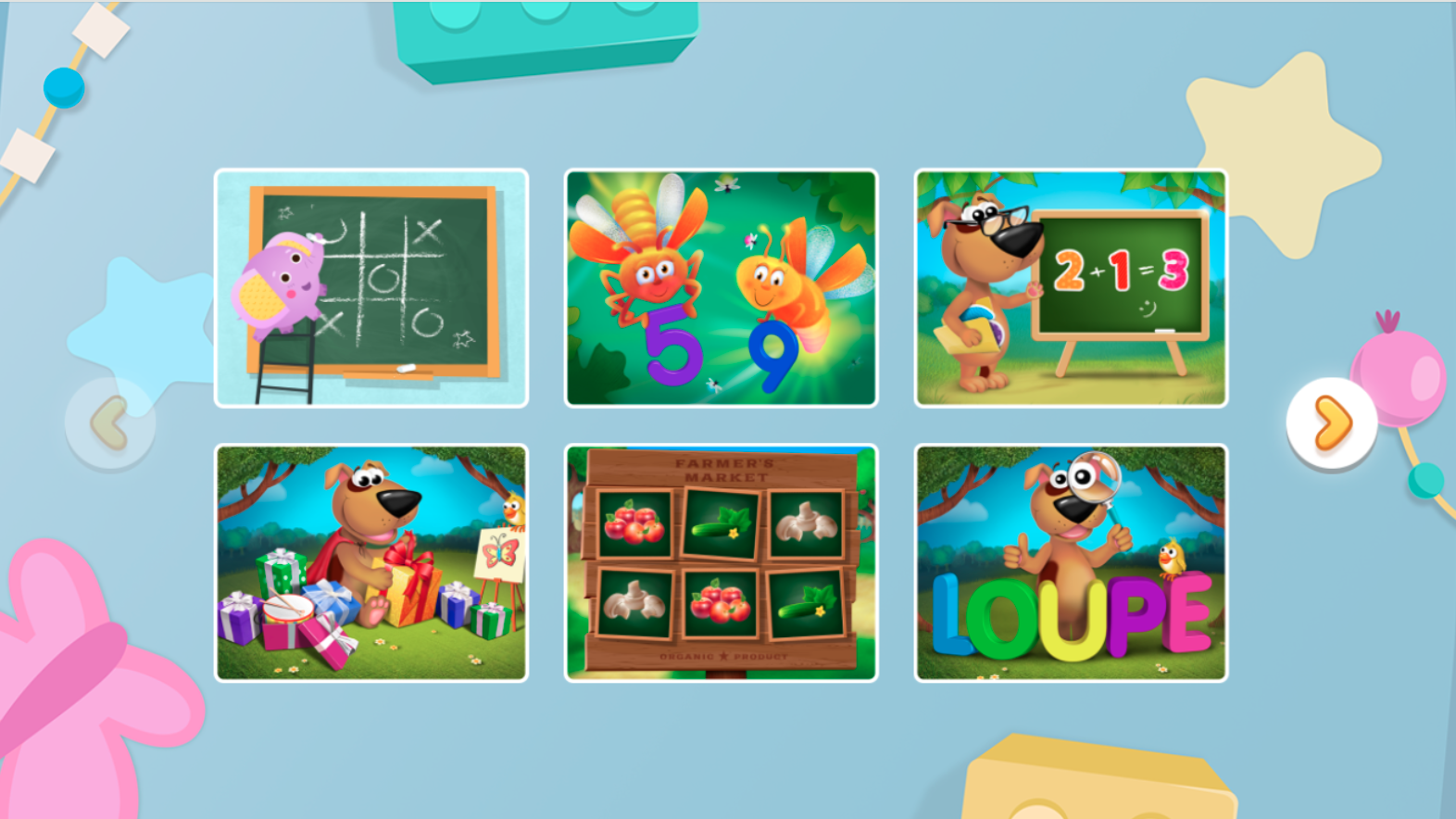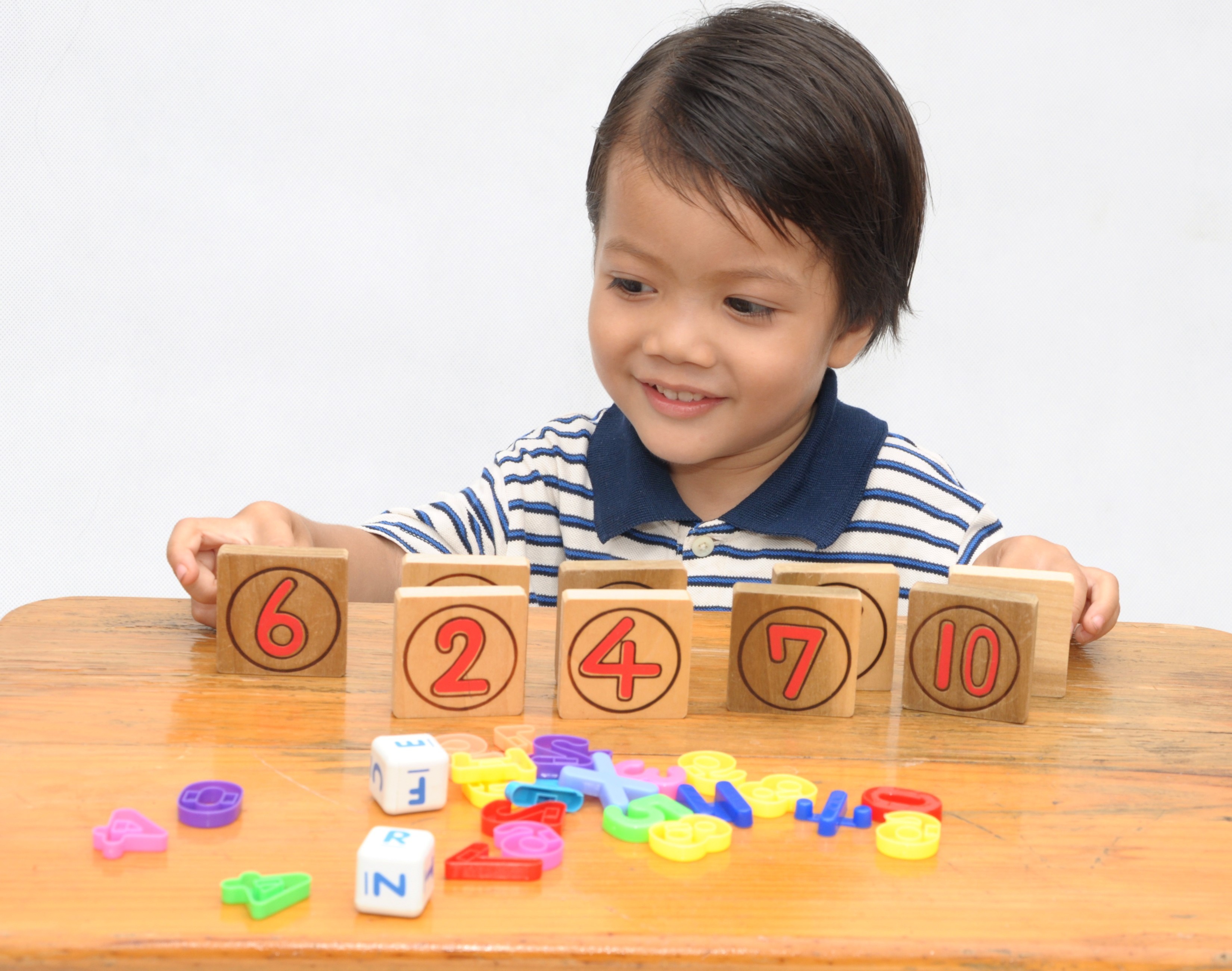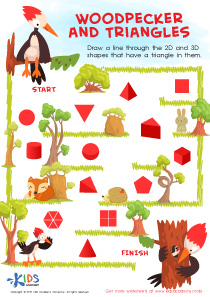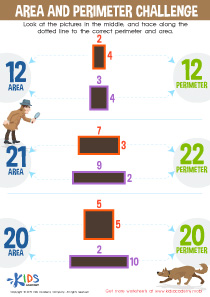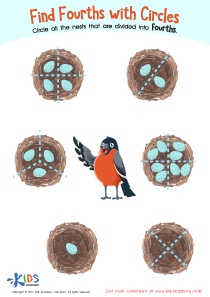Extra Challenge Tracing Shapes Worksheets for Ages 5-7
4 filtered results
-
From - To
Introduce a fun and educational way to enhance your child’s learning with our "Extra Challenge Tracing Shapes Worksheets" for ages 5-7. Designed to stimulate young minds, these worksheets focus on improving fine motor skills, spatial awareness, and geometric shape recognition. By integrating intricate patterns and complex shapes, they provide an extra layer of challenge perfect for eager learners seeking to advance their abilities. Ideal for both classroom activities and at-home practice, these printable worksheets from Kids Academy offer endless opportunities for practice and growth. Empower your child’s learning journey with engaging and thought-provoking tracing exercises today!
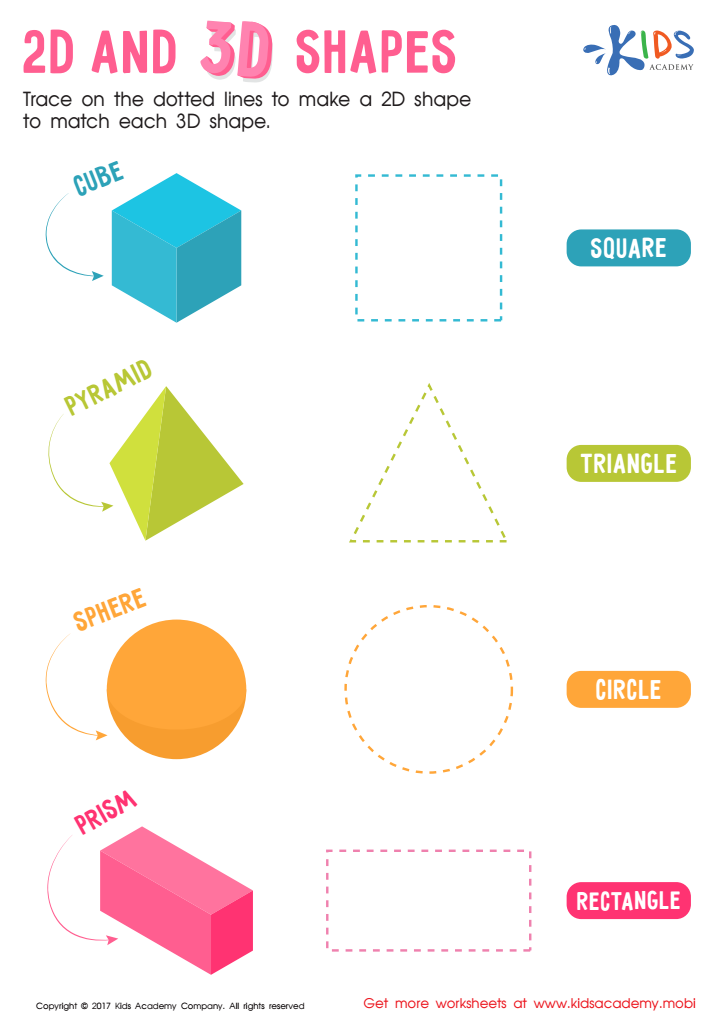

2D and 3D Shapes Worksheet


Trace and Draw More Shapes Worksheet
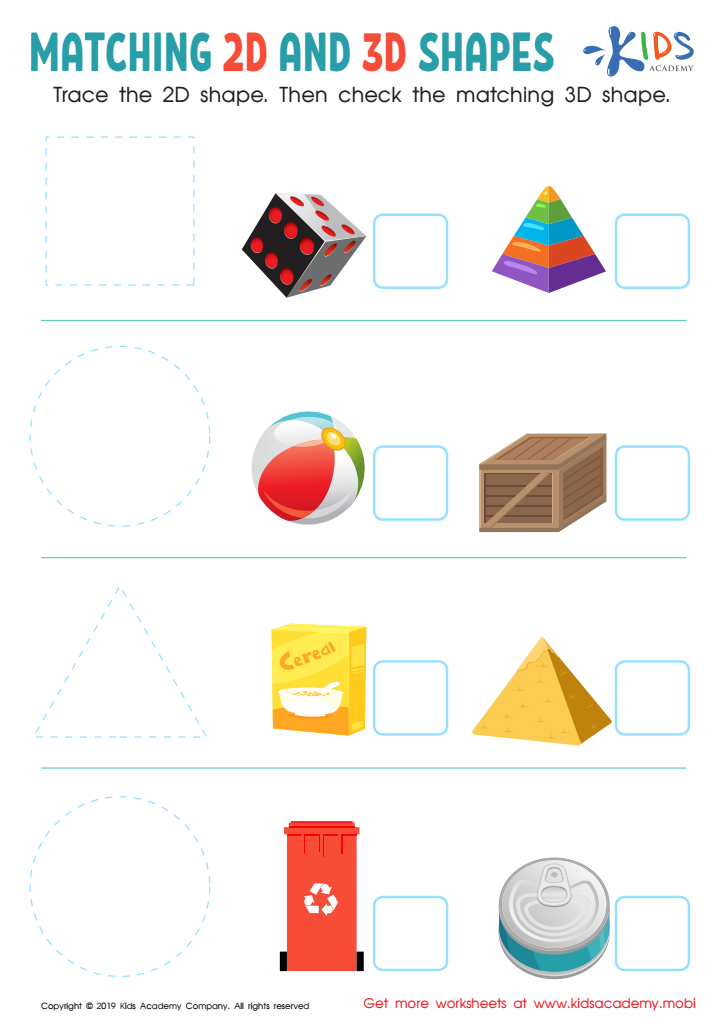

Matching 2D and 3D Shapes Worksheet
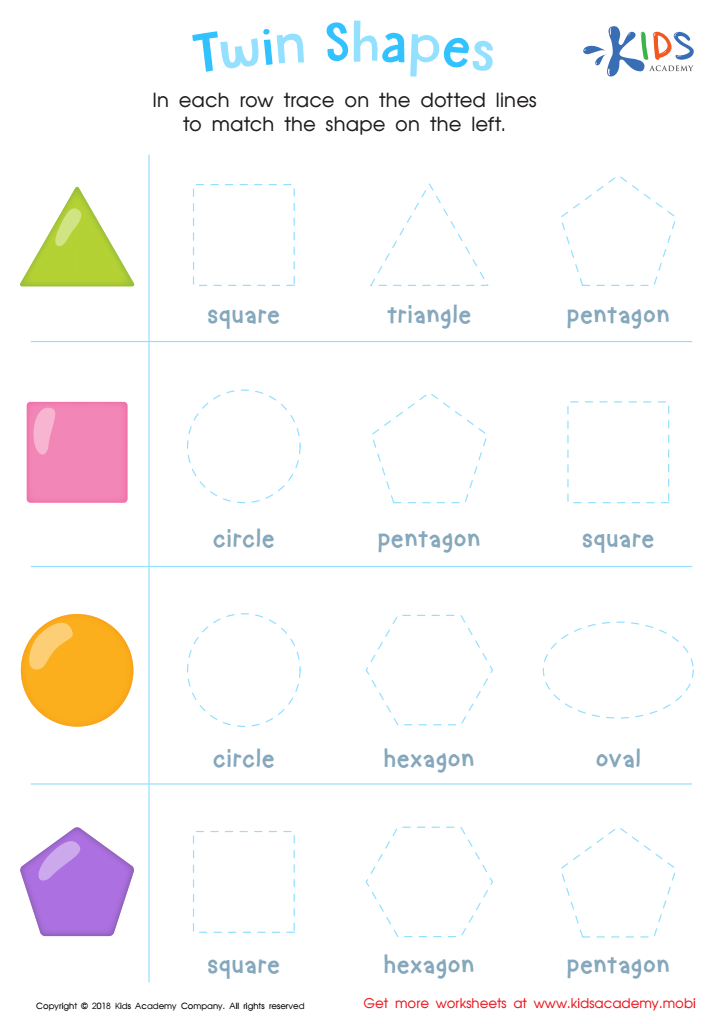

Twin Shapes Dot-to-Dot Worksheet
Extra Challenge Tracing Shapes activities for ages 5-7 are instrumental in a child's development for several reasons. Firstly, these activities enhance fine motor skills, which are crucial as children learn to control hand movements and grip pencils correctly, forming a foundational skill for writing. Precise tracing helps strengthen the muscles in their fingers and hands.
Secondly, tracing shapes improves hand-eye coordination, where children practice aligning their hand movements with visual cues. This skill is vital in many daily activities, such as tying shoelaces or using scissors, and builds the groundwork for smooth and controlled handwriting.
Moreover, tracing shapes introduces geometric concepts. As children trace different shapes, they begin to recognize patterns, identify shapes, and understand their properties. This fosters early math skills and spatial awareness, which are critical in subjects like geometry and can promote problem-solving skills and logical thinking.
Additionally, tracing activities can promote concentration and patience. Completing a tracing task requires children to focus and practice perseverance, traits that are beneficial for their overall learning process.
Finally, these activities are enjoyable and can boost self-confidence. Successfully completing tracing challenges gives children a sense of achievement and keeps them motivated to tackle more complex tasks, fostering a positive attitude toward learning.
 Assign to My Students
Assign to My Students



